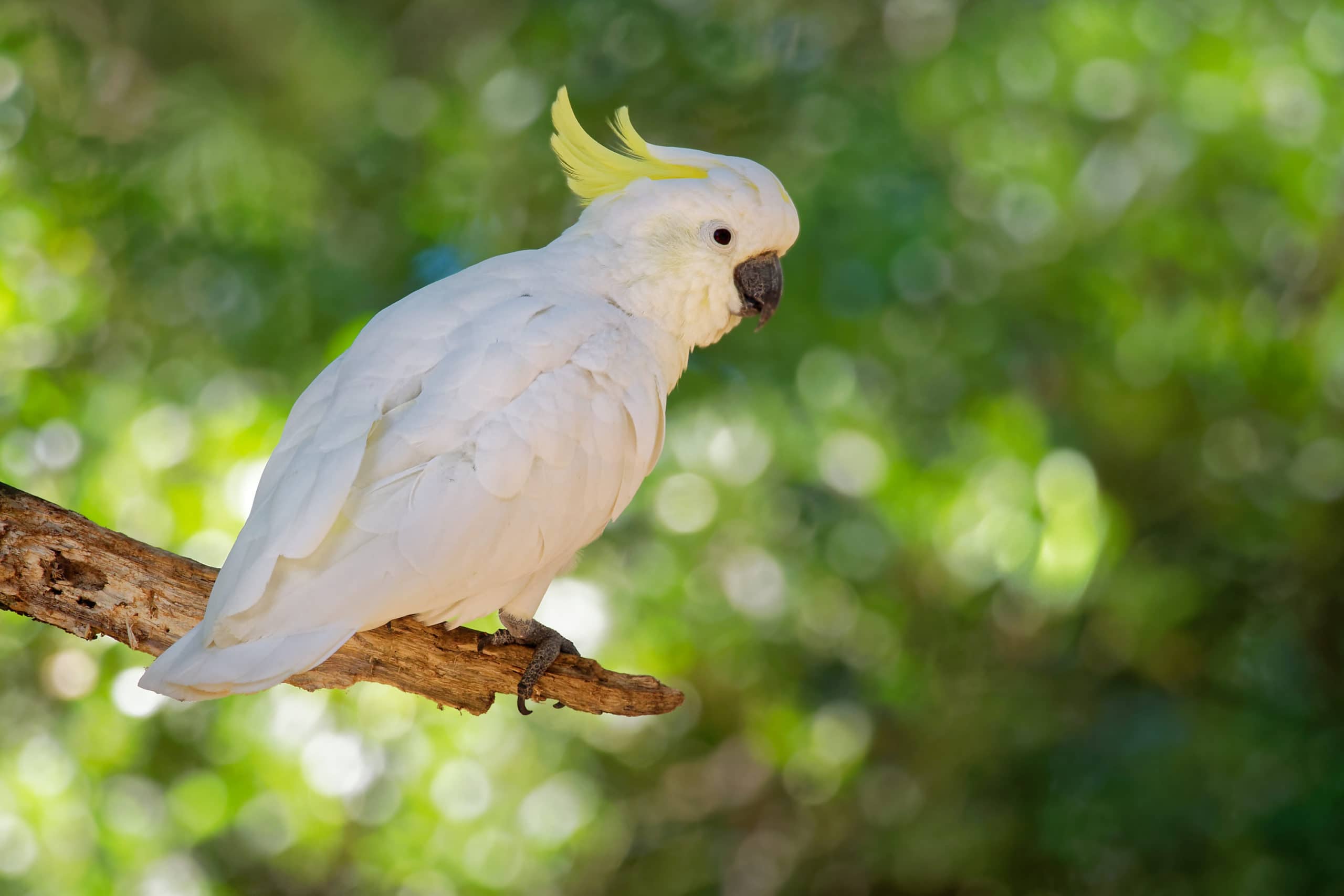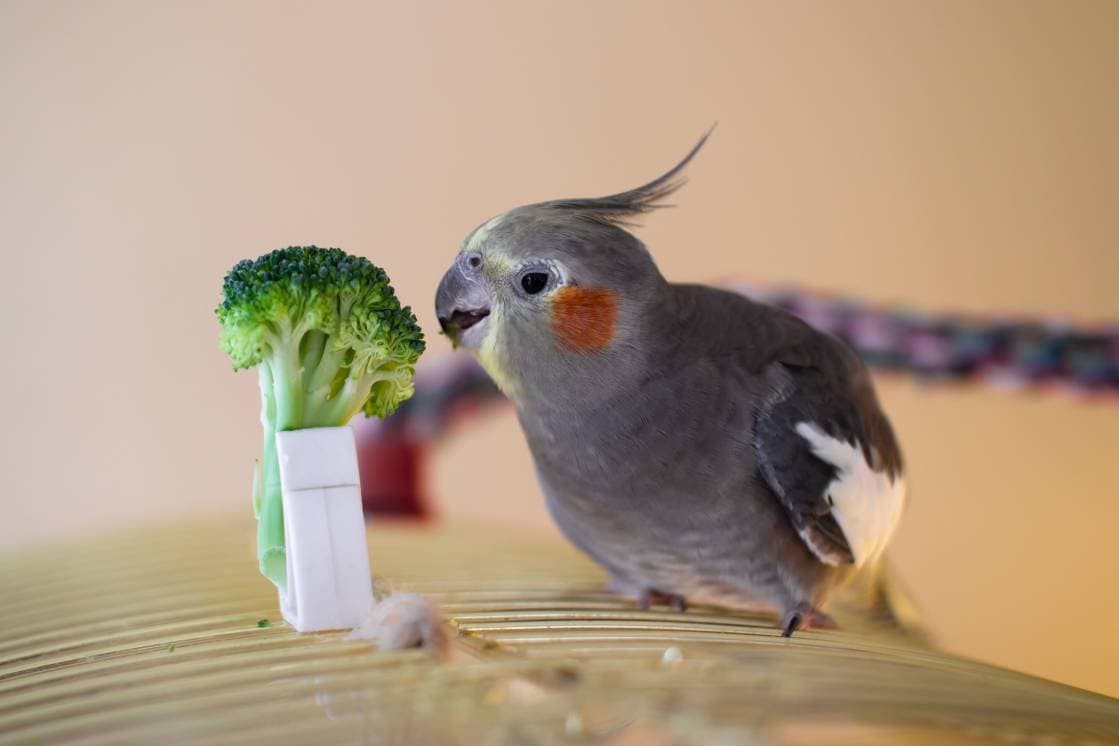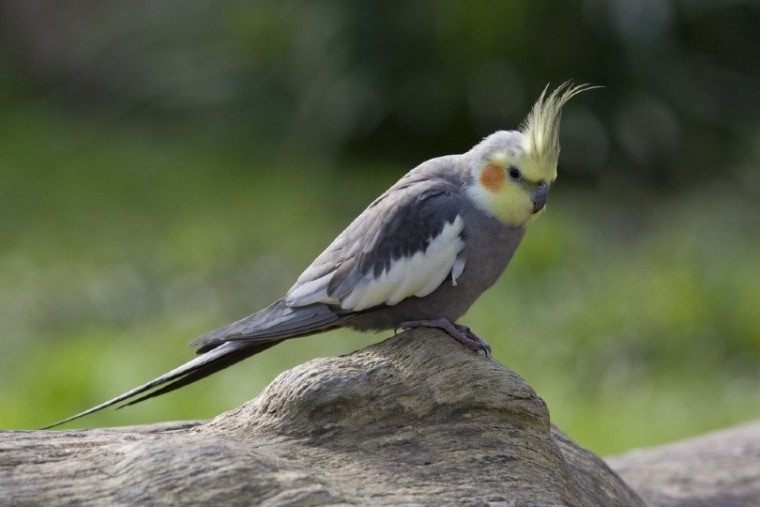
Cockatiel harnesses are devices that enable your cockatiel to fly outdoors without fear of losing the bird. Although these devices may seem advantageous, there is a great deal of debate surrounding their ethicality and safety.
Unfortunately, it’s impossible to give a simple answer to whether cockatiel harnesses are ethical. When used correctly, they can be a great way to give your bird a natural flying experience. However, it is incredibly difficult to acclimate cockatiels to harnesses, and much can go wrong.
If you are considering using a cockatiel harness, there are many factors that you need to consider first. Here, we cover the purpose of a cockatiel harness, how to train your cockatiel to use one, and the risks associated with these devices.
Purpose and Use of a Cockatiel Harness
The purpose of a cockatiel harness is simple. If your cockatiel is wearing the harness, you can take your feathery companion outdoors without worrying about it flying away. In many ways, a cockatiel harness is comparable to a dog harness or leash.
Cockatiel owners often use harnesses because cockatiels are birds that like to fly quite a bit. The harness enables the bird to fly outside and stretch its wings more. At the same time, the harness prevents the bird from completely flying away.
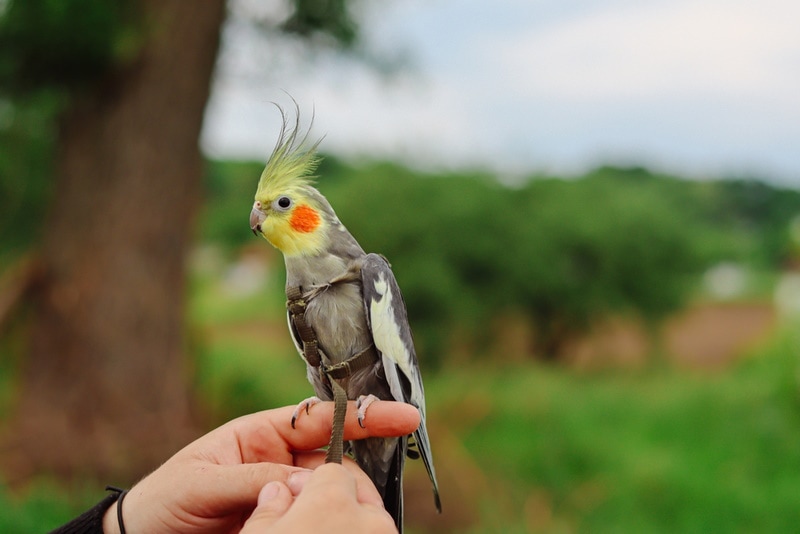
Do Cockatiels Like Harnesses?
If introduced to and trained with the harness from an early age, a cockatiel will likely not be afraid of the harness. That is not to say that it will like the harness, but it will not stress out the bird or cause it any fear. However, birds that are not introduced to their harnesses properly will likely be frightened and stressed from the harness.
The only way to get your bird accustomed to its harness is through training. This works best for young birds that will be in your care for their entire life. Introducing older cockatiels to a harness may be more difficult, but it is possible that the training will go smoothly.
If you force the harness on the cockatiel, the bird will likely associate the harness with pain, fear, and discomfort.
What Are the Risks Associated With Cockatiel Harnesses?
In theory, cockatiel harnesses provide a safe and pain-free flying experience for both you and your bird. However, a lot can go wrong whenever you put a cockatiel in a harness.
Injuries and Tangles
The most obvious risks associated with cockatiel harnesses are injuries and tangles. Whenever your bird takes off, it may try to fly into bushes or trees. The branches from these plants can cause the harness to get wrapped and tangled up. As a result, the bird may get injured, or you may have difficulty retrieving the bird.
Additionally, injuries can happen if you are not gentle when putting the harness on the bird. Injuries are most likely to happen if the bird is scared of the harness and you force it on them. It is much less likely that the bird will be injured in the case that it is calm around the harness.
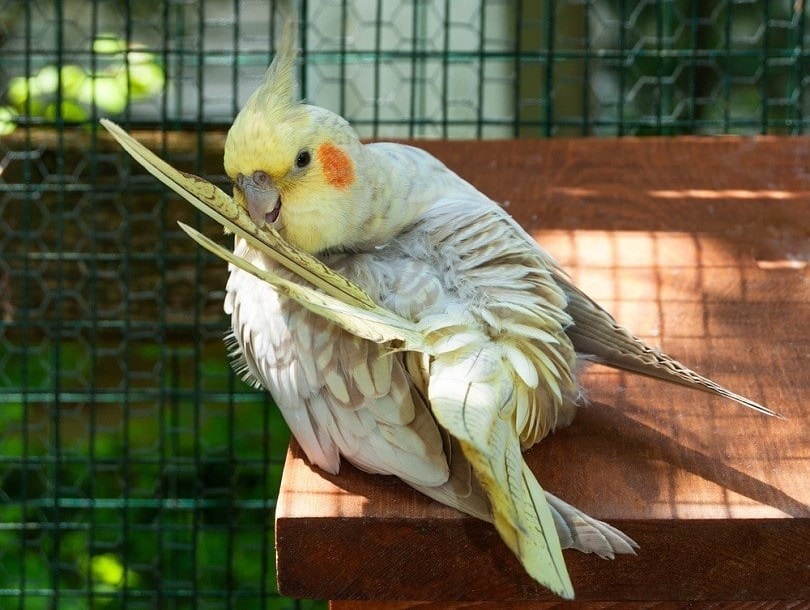
Accidentally Letting Go of the Harness
One thing that happens more often than you would think is accidentally letting go of the harness whenever the bird is flying. This is incredibly dangerous because the pet cockatiel is domesticated and does not know how to survive in the wild.
If you are unable to retrieve the cockatiel, it will likely die. Unfortunately, trying to get a cockatiel to come back to you is much more difficult than trying to get a dog to come back.
Even if you think that you would not be careless enough to let go of your cockatiel’s harness, this is a really big risk that you have to keep in mind. People accidentally let go of harnesses and leashes all the time without thinking about it. You cannot assume that you would be any different.
Fear of the Outdoors
Another risk that you might not think of is that the outdoors may actually scare your cockatiel. If your cockatiel is domesticated, it has likely never experienced the outdoors. The sights and sounds can easily stress or scare it.
If your bird gets too scared or stressed, it can become sickly later, or it may try to fly away quickly, jerking the harness out of your hand. You have to train your cockatiel to the outdoors as a result.
Are Cockatiel Harnesses Ethical?
Now that we have discussed the purposes and risks associated with cockatiel harnesses, we can better tackle answering whether the harnesses are ethical. When used correctly and safely, cockatiel harnesses can be ethical. However, these devices can quickly turn unethical if they are forced on the cockatiel or not used safely.

Ethical Uses of a Cockatiel Harness
Cockatiel harnesses are ethical whenever the bird is not scared of the harness and the owner uses the harness safely. In most cases, ethical cockatiel harnesses are used on birds that have been trained on the harnesses from an early age. Additionally, the harnesses are ethical whenever the owner is careful to prevent any of the mentioned risks from happening.
Unethical Uses of a Cockatiel Harness
Unfortunately, cockatiel harnesses can quickly become unethical. An owner who forces a harness on a cockatiel, even when the bird is scared of it, is demonstrating unethical use of the harness. More so, the harness is unethical if the owner is nonchalant or careless when using it outside.
How to Use a Cockatiel Harness
At the end of the day, the ethicality of a cockatiel harness comes down to how you, the owner, use it. If you train your cockatiel from an early age to use the harness and are diligent in being as safe as possible with it, it is an ethical and fun device.
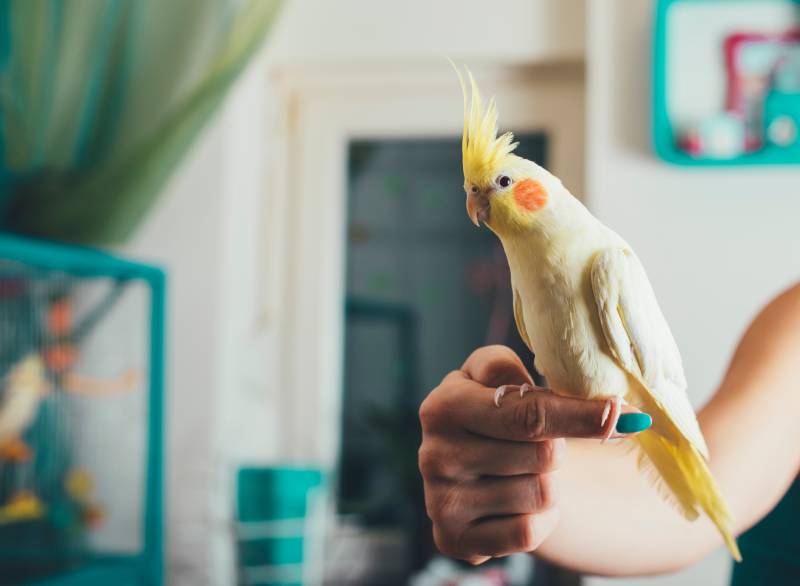
Training Your Cockatiel
One of the most important steps when using a harness is to train your cockatiel with it. Begin by introducing your cockatiel to the harness by simply letting the bird observe it. We don’t recommend leaving the harness in the cage because the bird may try to pick at it.
As the cockatiel gets accustomed to the harness, you can touch the harness to the bird. If the bird does not show any signs of fear, you can try to place it on the cockatiel. Do not try to put the harness on the cockatiel unless the bird completely trusts you and lets you touch it everywhere.
You want to put the harness on for a small amount of time at first. As the bird gets more accustomed to the harness, you can increase the time, eventually bringing the bird outside while it is wearing the harness.
During this process, you have to train your bird to leave the harness alone. Cockatiels are smart enough to figure out how to get out of their harness if given the opportunity. The last thing you want is to bring your bird outside only for it to escape the harness.
As you are training your cockatiel with the harness, we also recommend training your cockatiel to the outside. Put your cockatiel in an easily transportable cage, and bring the entire cage outside. Obviously, make sure that the cage is completely shut before doing this.
If you’re new to the wonderful world of cockatiels, you’ll need a great resource to help your birds thrive. We highly recommend taking a closer look at The Ultimate Guide to Cockatiels, available on Amazon.
This excellent book covers everything from the history, color mutations, and anatomy of cockatiels to expert housing, feeding, breeding, and health care tips.
Tips for Safety
Whenever you first bring your cockatiel outside in the harness, we recommend keeping a very short leash. This will give you more control over the bird, leading to fewer risks. Moreover, don’t let the bird fly around trees, as those are just disasters waiting to happen.
Be on your most diligent behavior when taking your cockatiel outside on a harness. Do not text, be on the phone, or do anything else that can be a distraction. Distractions can cause you to accidentally let go of the harness.
For best results, you might want to consider attaching the harness to your body. For example, you can use some sort of a connector so the harness is attached to a belt loop or your wrist. This will ensure that the bird can’t get away, even if you do get distracted for a moment.
Conclusion
Cockatiel harnesses can enable you to bring your cockatiel outside in a safe way. However, there are many risks involved. Since these harnesses can be so risky, they are a bit ethically questionable.
Ultimately, though, it is up to you to decide if these devices are ethical. If you train your bird with the harness and are safe when using it, it’s ethical. If your bird shows any signs of stress, we recommend not using the harness at all.
Featured Image Credit: Bildagentur Zoonar GmbH, Shutterstock






